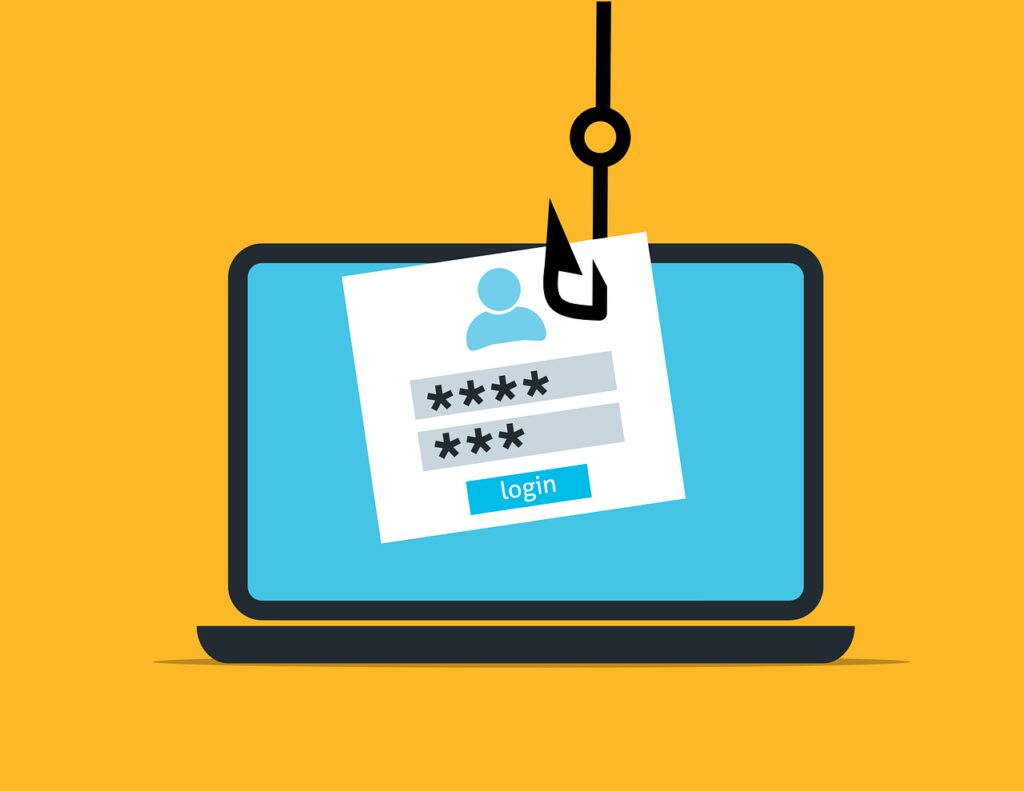Cybersecurity threats in 2024 have reached unprecedented heights, becoming more advanced and harder to combat. The rise of AI, quantum computing, and the proliferation of IoT devices have transformed the landscape, creating new challenges for security experts.
The rapid evolution of these threats stems from a mix of technological progress and the innovative tactics of cybercriminals. Traditional defenses are facing increasing pressure as attackers leverage these advancements to exploit vulnerabilities.
As we explore these changes, it’s clear that staying informed is key to safeguarding your online presence. Understanding the motivations and methods of attackers can help you better prepare for the evolving cyber threat landscape.
Key Takeaways
- AI advancements enable cybercriminals to create more sophisticated and automated attacks.
- Quantum computing threatens current encryption methods, creating vulnerabilities during transition periods.
- The proliferation of IoT devices expands attack surfaces and introduces new security challenges.
- Cloud adoption increases, leading to complex security issues in multi-cloud environments.
- Ransomware tactics evolve, incorporating AI and double extortion methods for greater impact.
AI-Powered Attacks

Leveraging artificial intelligence, cybercriminals are set to release a new wave of sophisticated attacks in 2024. You’ll face AI-powered threats that can adapt and evolve in real-time, making them harder to detect and mitigate. These attacks will use machine learning algorithms to analyze your network’s vulnerabilities and exploit them with unprecedented precision.
AI-driven phishing campaigns will become more convincing, using natural language processing to craft personalized messages that mimic human communication. You’ll need to be extra vigilant as these emails become nearly indistinguishable from legitimate ones.
Deepfake technology will also play a role, with AI-generated voice and video content used to manipulate employees into divulging sensitive information. Automated hacking tools powered by AI will scan networks faster and more efficiently, identifying weak points that human hackers might miss.
You’ll need to implement AI-based defense systems to keep up with this accelerated pace of attacks. Furthermore, AI will enable cybercriminals to launch more sophisticated social engineering attacks, analyzing your online behavior to create highly targeted and convincing scams.
Stay alert and invest in advanced cybersecurity measures to protect yourself against these evolving AI-powered threats.
Quantum Computing Vulnerabilities

Three major quantum computing vulnerabilities will emerge as significant threats in 2024.
First, quantum computers’ ability to break current encryption methods will put your sensitive data at risk. Cybercriminals will exploit this weakness to decrypt previously secure information, potentially exposing your financial records, personal data, and confidential communications.
Second, you’ll face the challenge of quantum-resistant cryptography adoption. As organizations scramble to implement new encryption methods, you’ll encounter a period of change where some systems remain vulnerable. This gap in security will create opportunities for attackers to target outdated protocols and exploit the inconsistencies in protection across networks.
Lastly, you’ll need to be aware of the quantum advantage in optimization problems. Malicious actors will leverage quantum computing’s superior problem-solving capabilities to enhance their attack strategies. They’ll use these advanced algorithms to identify vulnerabilities in your systems more quickly and efficiently than ever before.
To protect yourself, you’ll need to stay informed about quantum-safe encryption methods, update your security protocols regularly, and invest in quantum-resistant technologies. By taking proactive steps, you can mitigate the risks posed by these emerging quantum computing vulnerabilities.
IoT Device Exploitation

As quantum computing threats loom, another significant cybersecurity concern for 2024 is IoT device exploitation. You’ll find IoT devices everywhere, from smart home appliances to industrial sensors, and their proliferation creates new attack vectors for cybercriminals. These devices often lack robust security measures, making them prime targets for hackers.
In 2024, you’ll see more sophisticated attacks on IoT devices. Cybercriminals will exploit weak authentication protocols, unpatched vulnerabilities, and insecure network connections to gain access to sensitive data or use devices as entry points into larger networks.
They’ll leverage botnets made up of compromised IoT devices to launch massive DDoS attacks or mine cryptocurrency.
You need to be aware of the risks associated with IoT devices in your home and workplace. Regularly update firmware, use strong passwords, and segment IoT devices on separate networks.
Manufacturers must prioritize security in their IoT products, implementing encryption, secure boot processes, and regular security updates. As IoT becomes more integral to daily life, addressing these vulnerabilities is vital to maintaining cybersecurity in the interconnected world of 2024.
Cloud Security Challenges

Cloud security challenges represent a major concern for organizations in 2024. As more businesses migrate their operations to the cloud, they face an array of evolving threats. You’ll need to be vigilant about data breaches, which can occur due to misconfigured cloud settings or weak access controls. Cybercriminals are increasingly targeting cloud infrastructure, exploiting vulnerabilities in APIs and leveraging sophisticated attack methods.
You’re also confronted with the challenge of maintaining compliance in multi-cloud environments. Different cloud providers have varying security protocols, making it difficult to guarantee consistent protection across your entire infrastructure.
Additionally, you’ll need to address the risks associated with shadow IT, where employees use unauthorized cloud services, potentially exposing your organization to security gaps.
Another significant concern is the shortage of skilled cloud security professionals. You may struggle to find and retain experts who can effectively manage your cloud security posture.
To combat these challenges, you’ll need to implement robust identity and access management systems, employ encryption for data in transit and at rest, and regularly conduct security audits. Staying informed about emerging threats and adopting a proactive approach to cloud security will be essential in 2024.
Ransomware Evolution

Evolving rapidly, ransomware attacks in 2024 have become more sophisticated and damaging than ever before.
You’ll find that cybercriminals are now employing advanced techniques like AI-powered malware, which can adapt to your security measures in real-time. They’re also targeting cloud infrastructures more frequently, exploiting vulnerabilities in shared responsibility models.
You’ll notice a shift towards double extortion tactics, where attackers not only encrypt your data but also threaten to leak sensitive information. This approach puts additional pressure on you to pay the ransom.
Cybercriminals are also focusing on supply chain attacks, compromising your trusted vendors to gain access to your systems.
Ransomware-as-a-Service (RaaS) has become more prevalent, allowing even novice hackers to launch sophisticated attacks.
You’ll need to be aware of the increasing use of fileless ransomware, which resides in your system’s memory and leaves no trace on your hard drive.
Attackers are also exploiting IoT devices as entry points, expanding their reach beyond traditional computing devices.
To protect yourself, you’ll need to implement robust backup strategies, regularly update your systems, and invest in advanced threat detection tools.
Conclusion
You’re facing a rapidly changing cybersecurity landscape in 2024. AI-powered attacks, quantum computing vulnerabilities, IoT exploitation, cloud security challenges, and evolving ransomware tactics are reshaping the threat environment. To stay ahead, you’ll need to adapt your defenses continuously. Embrace advanced technologies, invest in employee training, and implement robust security protocols. Remember, cybersecurity isn’t a one-time fix—it’s an ongoing process. Stay vigilant and proactive to protect your digital assets effectively.

